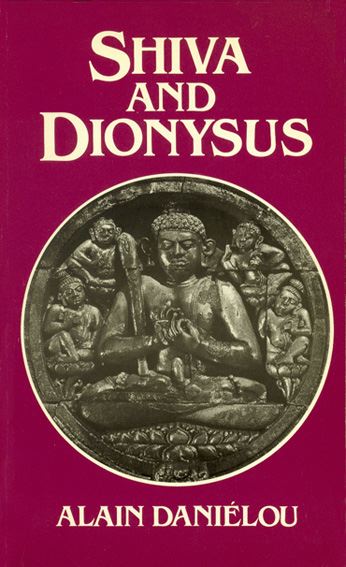
The introductory part of Yoga: The Method of Re-Integration consists of an exposition of the framework Daniélou deems necessary for a proper understanding of yoga itself.

On the contrary, they define his understanding of the term “re-integration”, as we will see in the course of this essay and especially toward the end. Such topics are not at all alien to his yoga book. But it was also because this was the key to proposing a new interpretation of archaic religious sources in Western culture, linking what he deemed a Dravidic substratum of Shaivism with such manifestations of Western religiosity as that of the Sumerian or Minoan heritage and later on with initiatic or mystery cults like the Dionysian in Greece or the Mithraic in Rome. In this respect Daniélou clearly bases his interpretation of written sources on the authority of oral transmission, partly because he himself tackled the contents of Hindu tradition like any Shaivite acolyte (that is, receiving the “stream” of transmission: srota) through direct and permanent contact with paṇḍits and sannyāsins during his Benares period. This line depends on a fundamental orientation in thinking and experience it is thin and diffuse, owing to the essential and paradoxical relation between the variety of historical transmission and the centrality of traditional authority: essential because transmission, being vertical, manifests and codifies itself in history, and paradoxical because the highest authority escapes legitimation. He concentrates rather on the not-so-clearly-delimited line between primary written sources and oral transmission.

a strong desire for objectivity that usually forgets – or deliberately ignores – the complex question of what Hans-Georg Gadamer called the “history of effects” (1).

As in other books dealing with the diversity and complexity of the Hindu tradition (such as his monumental Hindu Polytheism, published in 1964), Alain Daniélou does not endorse the scholarly point of view based on a scientific description of the sources, i.e. Not because the book was published in 1949 – since when Western perceptions of yoga have drastically changed from the first half of the XX century -, but rather because its contents and especially the framework of presentation notably differ from well-known treatises available to the ordinary Western reader today. Reading Daniélou’s book Yoga: The Method of Re-Integration today is quite a challenge. Alain Daniélou – Zagarolo – Photo Jacques Cloarec


 0 kommentar(er)
0 kommentar(er)
